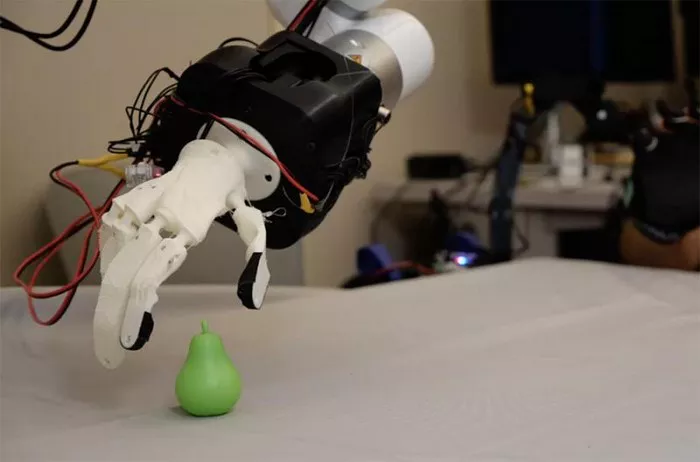A research team led by the University of Bristol is making major strides toward developing robotic hands with human-like dexterity, supported by new funding from the UK’s Advanced Research and Invention Agency (ARIA).
The project, conducted in collaboration with Imperial College London, is part of ARIA’s £57 million Robot Dexterity program. The initiative aims to co-design robotic hardware and intelligent AI-driven control systems to achieve precise and adaptable object manipulation.
“Our goal is to build robotic hands and control systems in tandem, creating machines that can perform complex, dexterous tasks similar to humans,” said Professor Nathan Lepora, robotics expert at the University of Bristol. “By combining Bristol’s expertise in robotic hand fabrication with Ed Johns’ expertise in robot learning, we hope to reach new levels of manipulation.”
Designing Dexterity Through AI
One of the core challenges in robotics is replicating the versatility and sensitivity of the human hand. To address this, the team is automating the co-design process, enabling AI to generate optimal hand structures and control algorithms based on specific tasks.
Instead of relying on manually developed designs—which are not always optimal—researchers will deploy AI software inspired by evolutionary biology. This system will allow users to input task requirements and constraints, then automatically produce and optimize robotic hand blueprints and intelligent controllers.
A major component of the project includes building a 3D-printable robotic platform to support rapid prototyping. A new dedicated research centre will also facilitate real-world testing on a larger scale.
Ultimately, the team hopes to democratize advanced robotics by making it easier for innovators across industries to access and deploy dexterous robotic solutions.
A Leap in Tactile Robotics
Improved robotic dexterity could revolutionize automation in sectors such as manufacturing, logistics, recycling, and retail.
In a prior breakthrough, Lepora’s team developed a four-fingered robotic hand equipped with artificial tactile fingertips, capable of rotating and manipulating objects in any direction—even upside down. According to a report by TechXplore, this milestone was made possible by leveraging miniaturized camera technology from smartphones, enabling high-resolution tactile sensing inside a fingertip.
The artificial fingertip, modeled after human skin, uses a 3D-printed mesh of microscopic pin-like structures known as papillae. These replicate the sensory function of biological tissue, allowing the robotic hand to better detect texture, pressure, and movement.
Initial tests revealed the robot would often drop objects. However, by training it using tactile feedback, researchers enhanced its grip and coordination. The robot was ultimately able to handle and rotate items even while in motion, marking a major step forward in real-time adaptive control.
Shaping the Future of Robotics
By merging tactile sensor technology, AI control systems, and 3D-printable designs, the project aims to accelerate the development of practical, dexterous robots. With support from ARIA, the researchers hope to overcome the long-standing bottleneck in humanoid robotics: reliable and precise hand function.
“Robust manipulation with robotic hands would have revolutionary implications for industry and society,” Lepora said. “With the tools we’re developing, this capability is no longer a distant goal—it’s rapidly becoming reality.”
Related topics:

